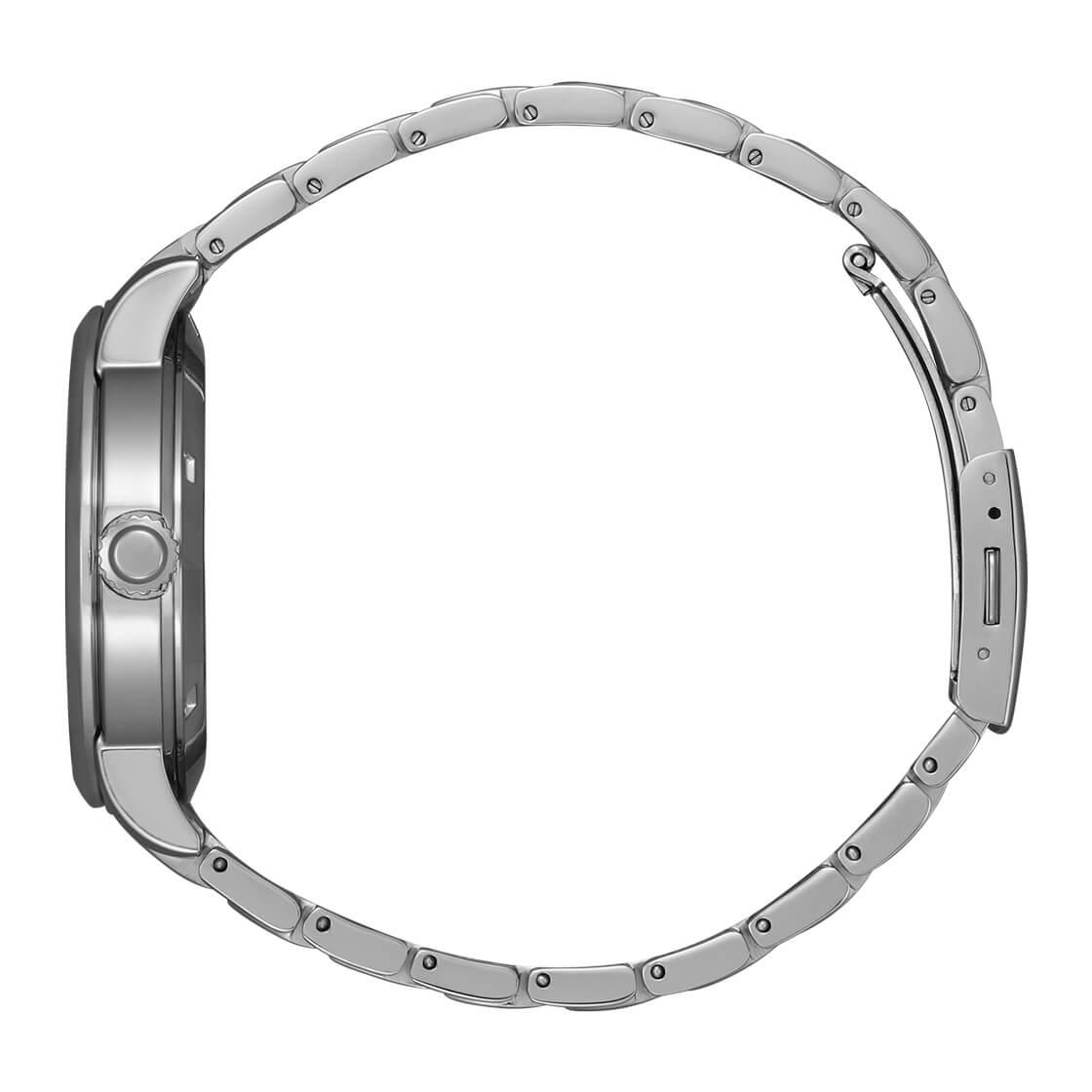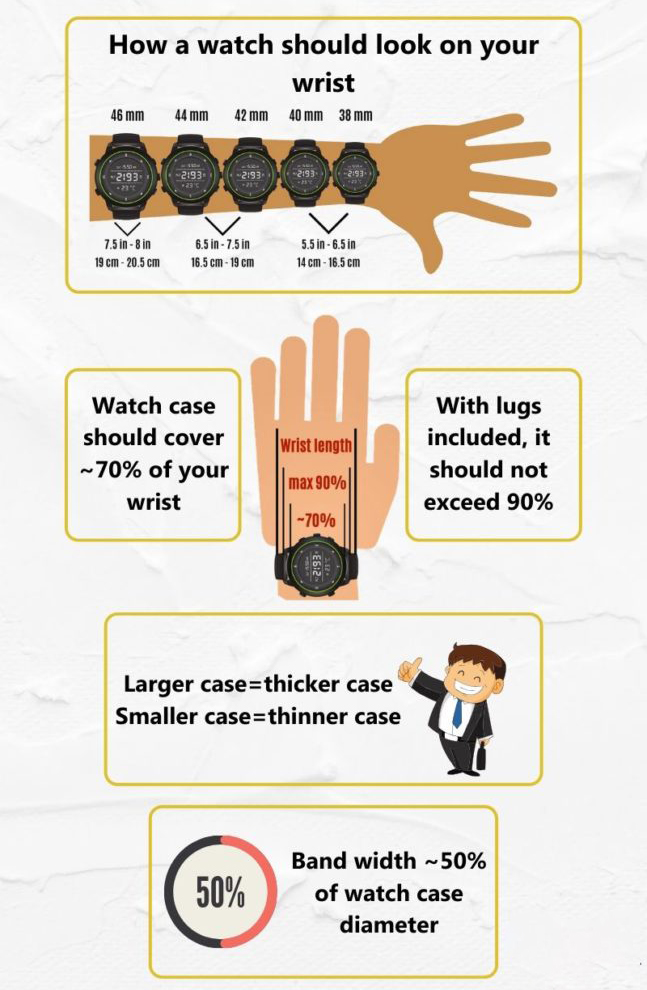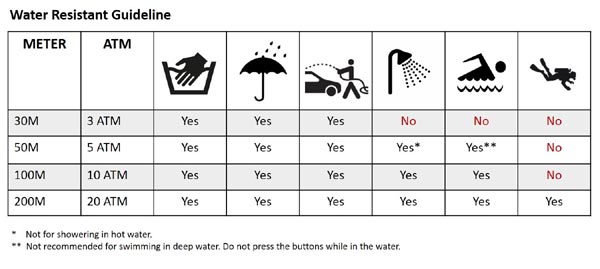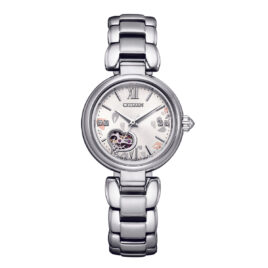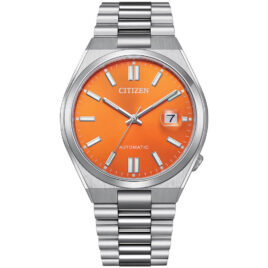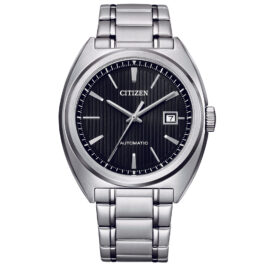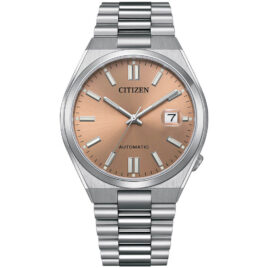Description
CITIZEN Mechanical NJ0130-88E Specifications
| Feature |
| |
|---|---|---|
| Driving system | Automatic | |
| Caliber Number | 8210 | |
| Case material | Stainless steel | |
| Case back | See-through | |
| Band type | Bracelet | |
| Band material | Stainless steel | |
| Band color | Silver tone | |
| Band width | 22 mm | |
| Clasp | Fold over with push button | |
| Dial color | Black | |
| Glass material | Sapphire crystal | |
| Hands | Silver tone (hour, minute, second hand) | |
| Dial markers | Silver tone batons indexes with roman numerals at 6 and 12 o’clock position | |
| Second markers | Minutes markers around the outer rim | |
| Bezel | Fixed silver tone stainless steel | |
| Crown | Screw down at 3 o’clock position | |
| Calendar | Date display at 3 o’clock position | |
| Drive duration | Power reserve 40 hours | |
| Water resistance | Daily water resistant | |
| Size | Diameter : 42 mm x Thickness : 11.5 mm | |
| Weight | 154 g |
CITIZEN Mechanical NJ0130-88E Features
Classic design reflects meticulously considered craftsmanship in the pursuit of enduring quality. With an Automatic movement, black dial, stainless steel case and bracelet has a power reserve of 40 hours once entirely wound and date display.
- Date display
- Approximately 40 hours power reserve
About CITIZEN Mechanical NJ0130-88E
History of Citizen
The company was founded in 1930 by Japanese and Swiss investors. It took over Shokosha Watch Research Institute (founded in 1918) and some facilities of the assembly plant opened in Yokohama in 1912 by the Swiss watchmaker Rodolphe Schmid.
The brand Citizen was first registered in Switzerland by Schmid in 1918 for watches he sold in Japan. The development of this brand was supported in the 1920s by Count Gotō Shinpei with his hope that watches could become affordable to the general public. The growth of Citizen until World War II relied on technology transfer from Switzerland.


